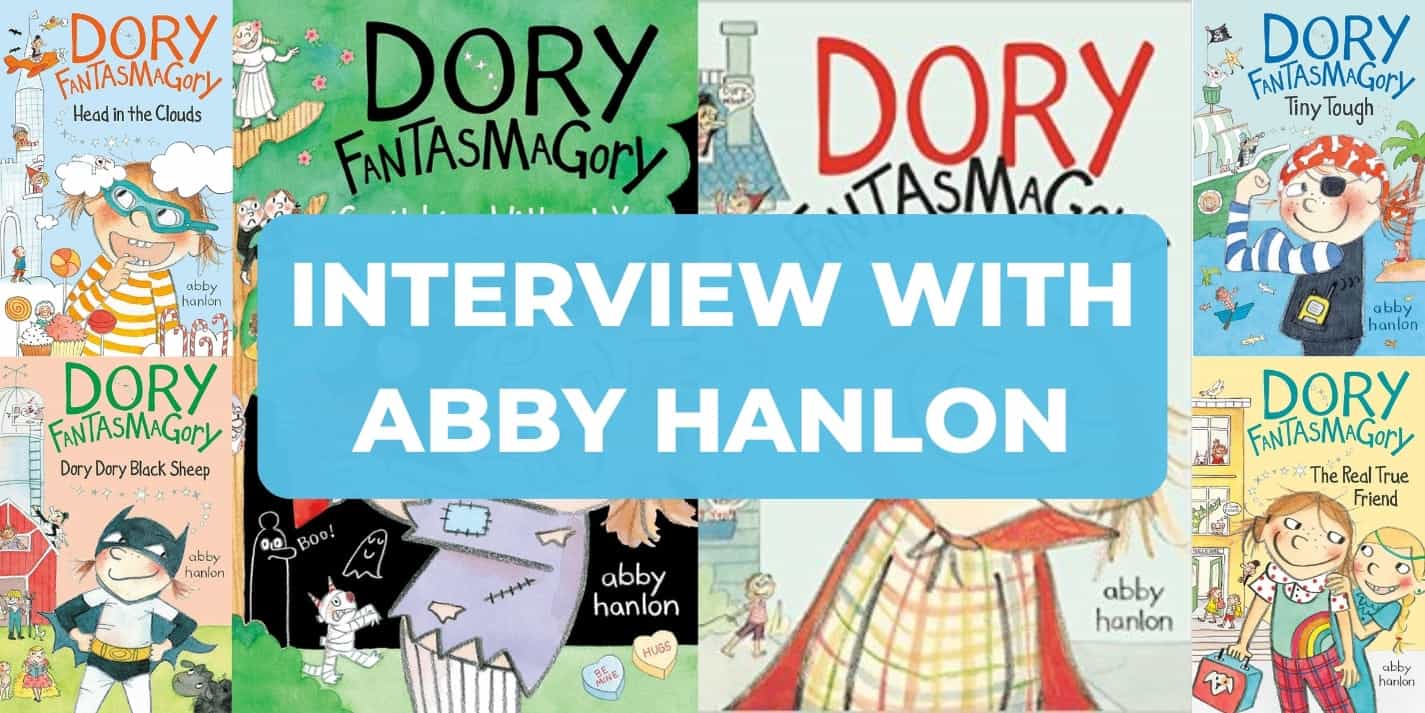If you’re like me, you love the Dory Fantasmagory chapter book series for its whimsical storytelling and captivating characters. It’s one of the books I recommend for ALL new readers — because it’s silly, clever, and oh-so entertaining. This is why I’m thrilled to share a recent email conversation I had with Abby Hanlon, the imaginative and talented author behind the beloved series. We’ll learn more about her inspiration, imagination, and creativity.
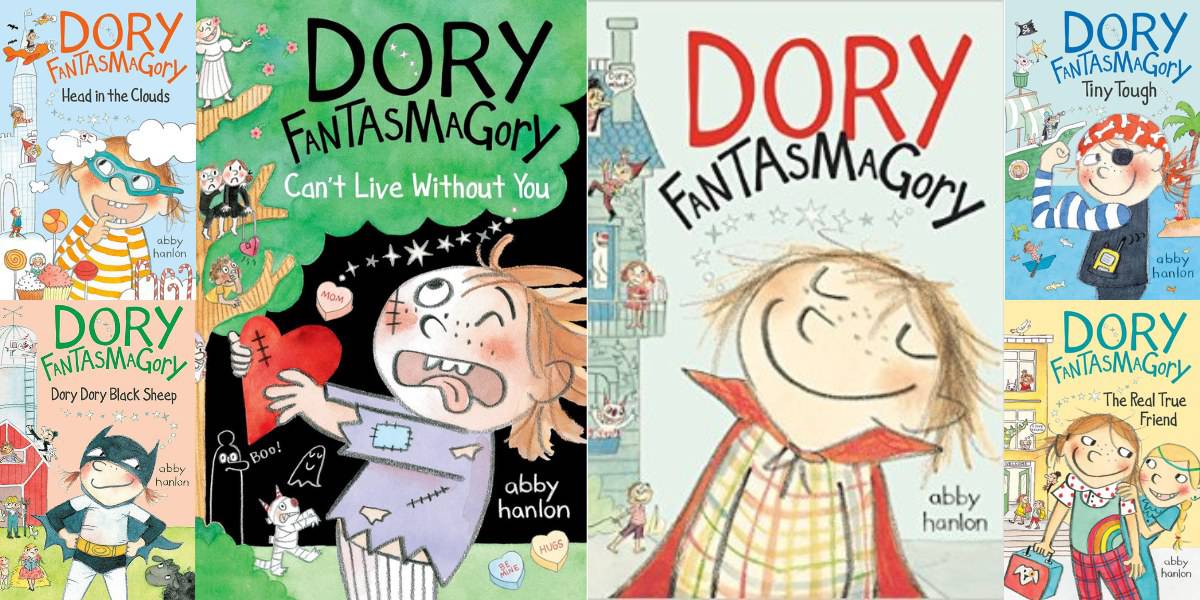
Abby holds a master’s degree in childhood education and worked as a first-grade teacher for New York pulis schools. Her picture books, RALPH TELLS A STORY, and CHESTER VAN CHIME WHO FORGOT HOW TO RHYME, show that she knows both education and her audience– elementary-age children.
Abby‘s writing truly captures the humor and whimsy of childhood, especially the DORY FANTASMAGORY series. I’m excited for you to know Abby better from our recent conversation.
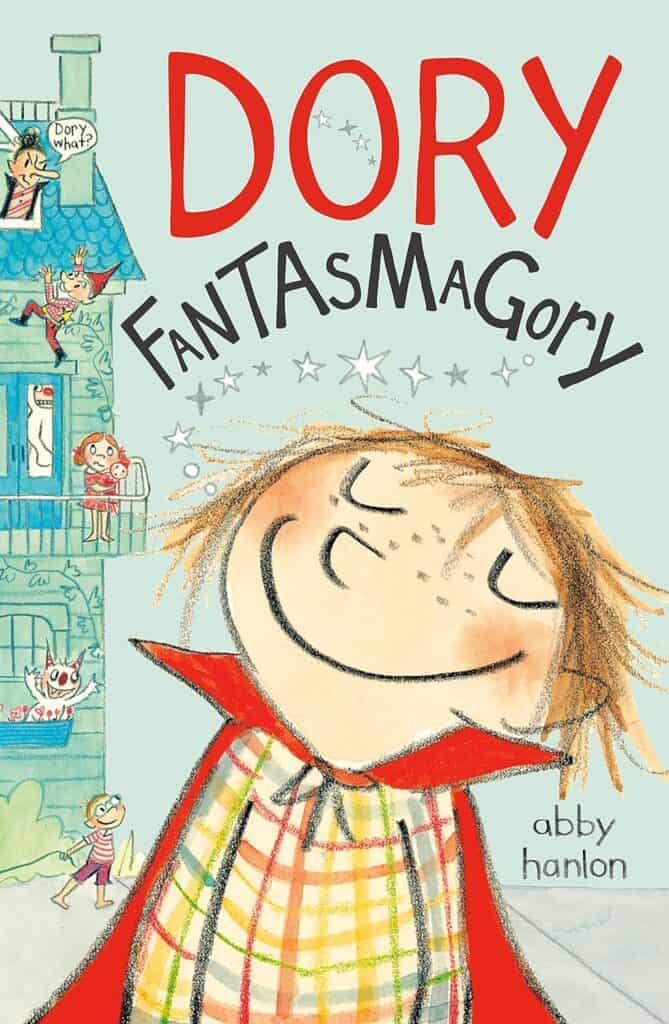
Interview with Abby Hanlon
Melissa: When you first wrote Dory Fantasmagory, what were you hoping young readers would take away from the stories?

Abby: My main motivation in writing the first book was to give kids – who were not particularly advanced readers – a chapter book that they could read independently, cover to cover, and take pride in the accomplishment. In a way, my hope was that simple. I knew from being a teacher what motivated early readers. So, I added those ingredients to the pot: humor, relatability, a little bit of danger and lots of illustrations.
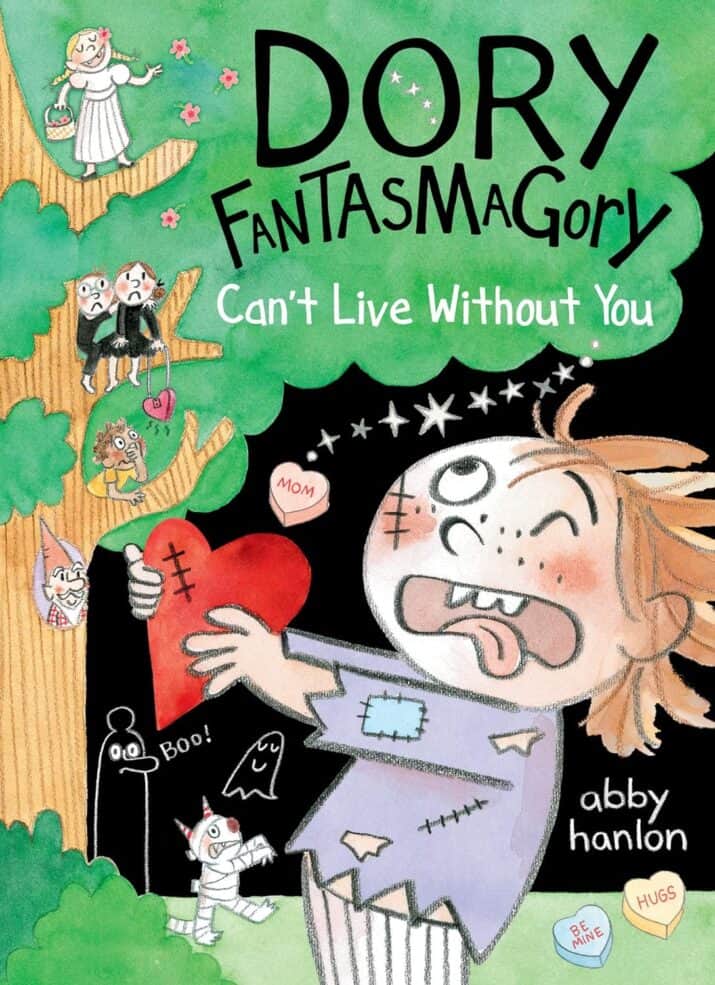
Melissa: The 6th book is about to come out: Dory Fantasmagory Can’t Live Without You. Can you tell us what to expect in this next adventure?
Abby: Dory gets lost on an errand with her mom at the hardware store. Not only does it trigger separation anxiety and wildly imaginative fears that her mom is going to abandon her on purpose, but the event also (in a ludicrous way I won’t get into here) sparks Dory to start asking questions about death.
At home, Mr. Nuggy turns Dory into a ghost. And as a ghost, she haunts her mom (which means following her around while wearing a sheet.) Meanwhile, Mrs. Gobble Gracker is counting on Dory’s mom’s absence – she is busy making plans to marry Dory’s dad.
Ultimately, Dory finds out that her mom is, in some sense, leaving her. She is going back to work as a lawyer and won’t be home after school with the kids anymore. This sets off a family crisis, and the siblings work together to divert their mom’s plans.
Melissa: What were your inspirations for Mrs. Gobble Gracker and Mr. Nuggy?
Abby: Mrs. Gobble Gracker came first, even before Dory. She started as a doodle in my sketchbook. I was in a phase of drawing vampires, mummies, elves, and gnomes. Mr. Nuggy came from that same sketchbook.
My kids were really into Grimms’ Fairy tales at the time, and I wanted to make a book that had some of the scary “can’t look away” elements of a fairy tale. So, I thought about fairy tale archetypes as I worked out my characters. A couple of my favorite female villains were lurking around in my head at the time. My five-year-old daughter was obsessed with Mrs. Hannigan from the movie Annie. And I had just read Matilda to my kids, and I got carried away by Miss Trunchbull’s lines. I wanted to create a character that was equally enthralling.
Mr. Nuggy came from that same desire to create an archetypal character. He is the “helper” character, although he is not very effective in his role. But Mr. Nuggy is always polite and maintains his dignity, and I think Dory and her readers are grateful when he shows up. I can’t remember why I decided that Mr. Nuggy would be Dory’s fairy godmother. It feels like he made that decision himself.
Melissa: How do you use your book to encourage young writers?
Abby: I think author visits in schools can be a powerful mechanism to encourage young writers. I never met an author when I was a kid. And I never put it together until I was 28 years old that this was a possible career path for me – despite always gravitating towards children and always wanting to be a writer! When you do an author visit, most of the kids probably won’t remember you in a year. But there are a couple kids whose life you could be influencing. There might be kids who go home after school that day to write a story for the first time. And there might be kids who love writing but didn’t see it as a possible job until they met you. When I present to kids, I show them my mistakes and failures and how I redo things repeatedly to get it right. I show them how imperfect and fallible I am. I do not say this, but what I am trying to convey to kids is that determination and hard work are more important than talent.
Melissa: What’s your advice for budding artists?
Abby: I still feel like a budding artist myself and so I feel like I could use some advice in this department. When I first set out to illustrate a book, I had zero drawing experience and hadn’t drawn since I was a child. But instead of learning to draw by sketching from real life and trying to draw all kinds of things, I just kept drawing the same book dummy over and over until it improved. I would say definitely don’t do this! I struggled with basic drawing skills/perspective etc. but I was always able to draw character’s expressions – I think because this felt more like an extension of writing. So, I would say find your strength and then seek out projects that maximize it. For me, working in black and white, doing mostly vignettes, is where I am most comfortable. I also agree with Malcolm Gladwell that it takes 10,000 hours to master a skill, so don’t try to rush it as I did. Once you put a book out there, you can’t redo it.
Melissa: What is your advice for adults who want to motivate their children to read…or read more?
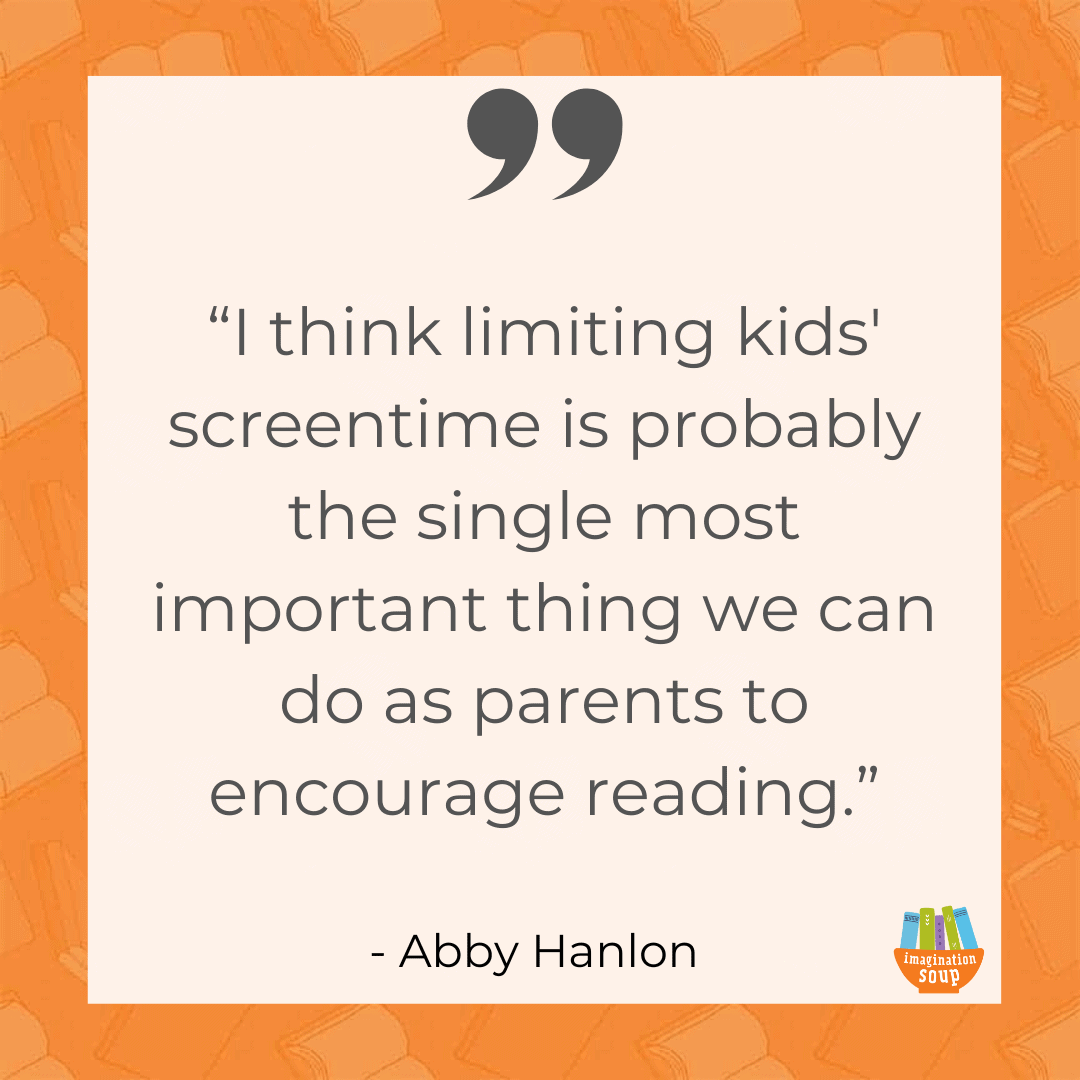
Abby: I think limiting kids’ screentime is probably the single most important thing we can do as parents to encourage reading. One of the problems with excessive screentime is that it cuts into time for reading and unstructured play. There are only so many hours in the day. If you can, take regular trips to the library. And let kids read what they want to read. Don’t place lesser value on graphic novels. Reading a graphic novel is reading! The illustrations can help build vocabulary and comprehension. My son went from reading graphic novels to Kurt Vonnegut – skipping everything in between. So, I would say don’t try to push your agenda so much. Also, I think audiobooks are a wonderful way to experience a book. In my family, we always listened to books on car trips, and I think having a shared book to discuss as a family is sublime.
Melissa: I want to say a BIG thank you to Abby Hanlon for this interview and all her wonderful books! Thank you, Abby!
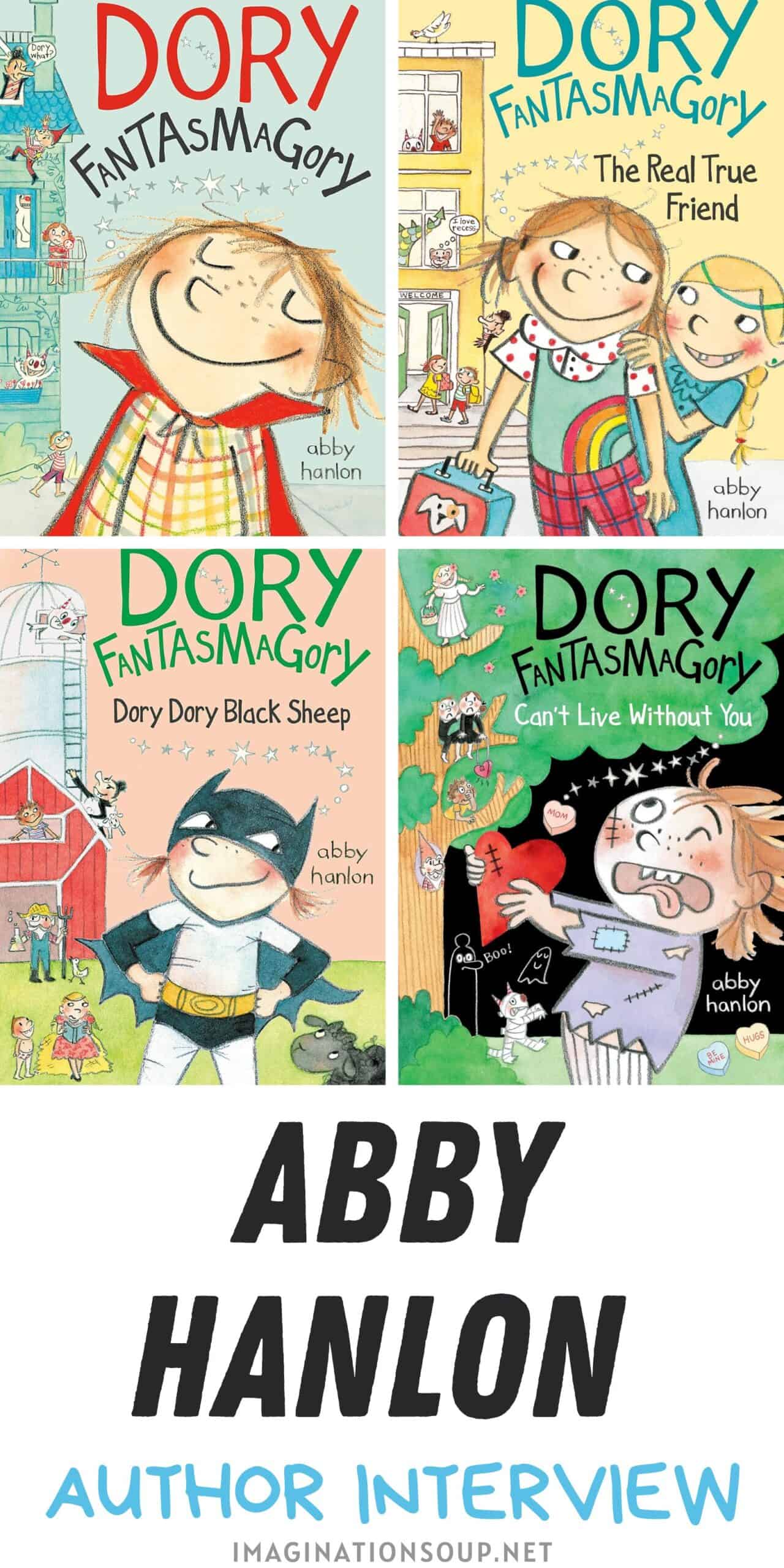
KEEP READING
Best Books for 1st Grade
Best Books for 2nd Grade
Best Beginning Graphic Novels for Early Readers

 PARENTING TIPS
PARENTING TIPS







 PREGNANCY
PREGNANCY








 BABY CARE
BABY CARE








 TODDLERS
TODDLERS








 TEENS
TEENS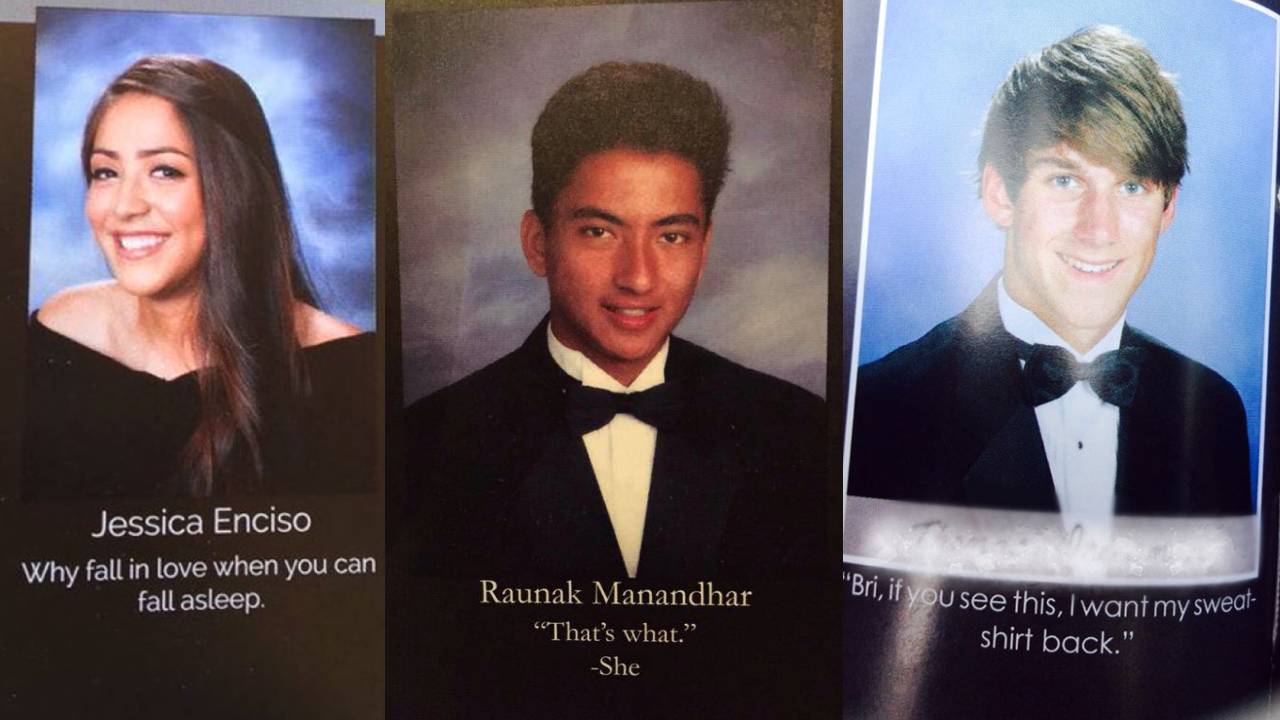







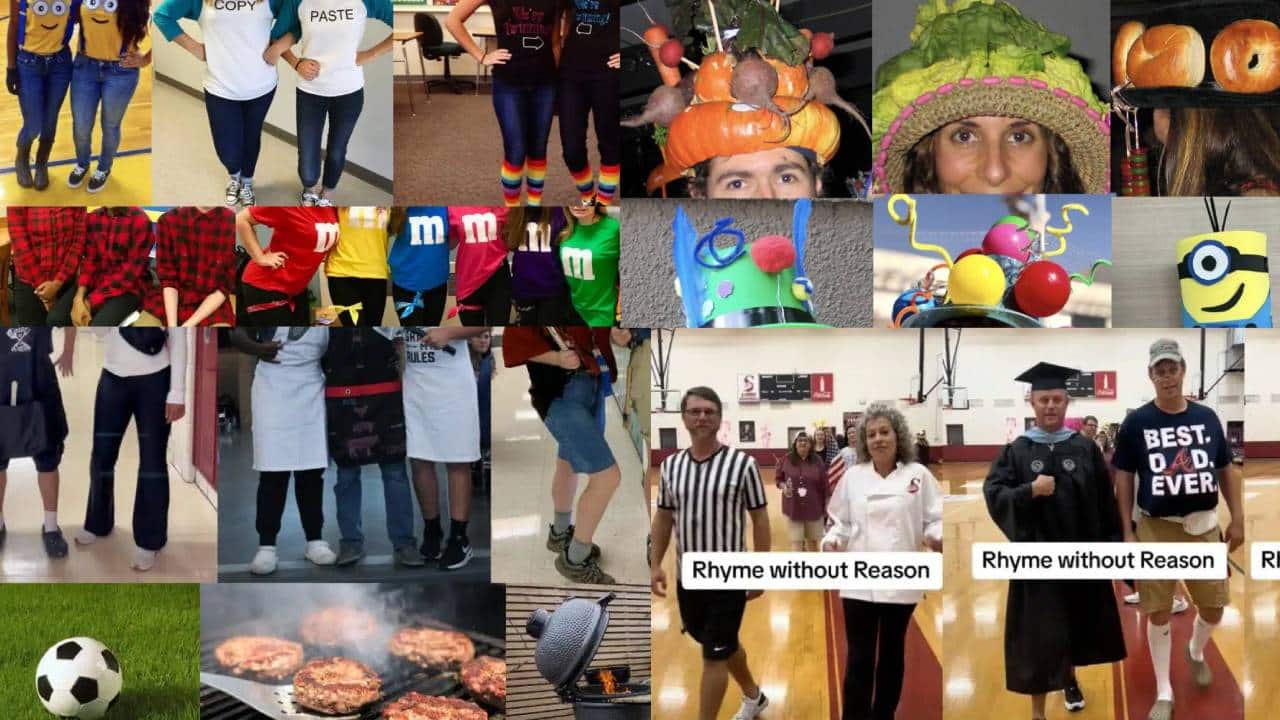
 HEALTH CARE
HEALTH CARE








 ACTIVITIES & CRAFTS
ACTIVITIES & CRAFTS








 CONTACT
CONTACT ABOUT
ABOUT